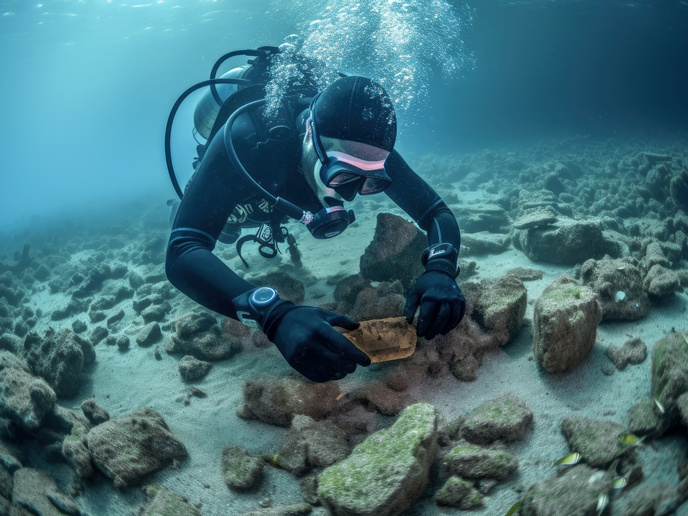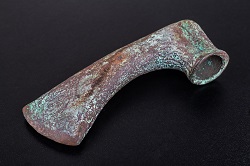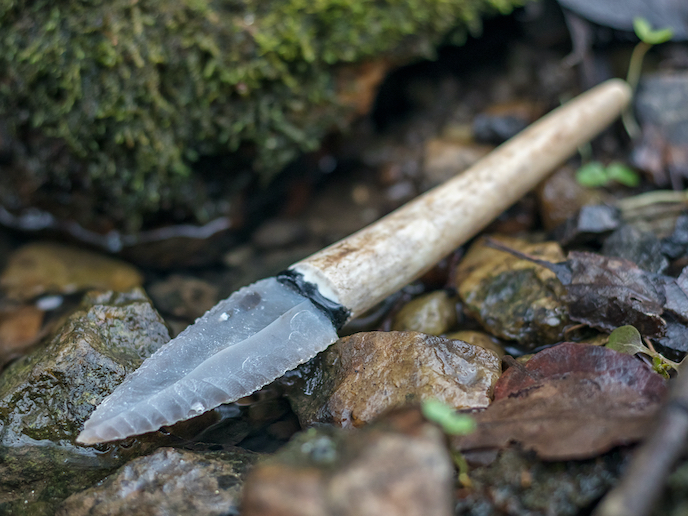Studying prehistoric artefacts via novel 3D computational technology
During landscape surveys in the remote, arid Tankwa Karoo region of South Africa for PhD research, two researchers discovered an unexpected type of stone tool technology, known as Nubian Levallois. Supported by the Marie Skłodowska-Curie Actions (MSCA) programme, the TANKwA project explored the role of this knapping strategy at the site of Tweefontein, and compared it with other sites. The project aimed to understand this technology in the context of its specific arid environment setting as well as its contribution to early human adaptations in Africa during the Middle Stone Age. To answer these questions, TANKwA used 3D Geometric Morphometrics (GM) – a set of computational tools that allow the quantification of shape and other 3D characteristics of an artefact’s form, for more rigorous statistical comparison. “Our in-depth study of the Tweefontein assemblage (which dates to about 50 000 years ago) found that the Levallois knapping strategy occurs on a spectrum with ‘classic’ centripetal Levallois flake production at one extreme, and pointed Nubian Levallois point production at the other,” explains principal investigator Emily Hallinan. The emphasis on pointed Levallois end-products alongside the extensive shaping of other products into points suggests that this morphology was important at the site. “One interpretation of Tweefontein is as a ‘tooling up’ location on the edge of a marginal landscape,” reveals Hallinan. “This could have served as a risk reduction strategy to ensure mobile hunter-gatherers were supplied with appropriate tools for successfully obtaining food in a resource-poor environment.”
A challenging archaeological analysis
GM as a technique is used widely in the biological sciences and increasingly in lithic analysis, but it has not yet been applied to the knapping strategy seen at Tweefontein. Relying on the use of fixed points or landmarks, GM is well-suited to biological specimens that follow a standard form, but these fixed points are harder to identify consistently on archaeological specimens. While the artefacts under study were produced using the same set of steps, they show variation according to the individual knapper and the properties of a particular piece of stone raw material. The challenge, therefore, was to devise a system of placing landmarks at points that can be identified on different artefacts so that shapes could be compared without bias.
Sharing innovative archaeological research with the community
Within the framework of the MSCA, TANKwA held a workshop for researchers studying Nubian Levallois technology in the other regions where it occurs – north-east Africa, the Levant and Arabia. “Together we discussed ideas surrounding the specific technological features of this knapping strategy and set guidelines for its identification and definition that will advance future interregional comparative studies that we are embarking upon,” explains Hallinan. The 3D GM protocol developed by TANKwA has applications for researchers studying Levallois technology more broadly, serving to capture artefact shape and address new questions about past technological behaviour. TANKwA is working with Children’s Book Network, a non-profit organisation in South Africa, to create the Tankwa Toolbox, an educational resource for young readers. This contains 3D-printed artefacts from the Tweefontein site, with a specially written and illustrated children’s book featuring two parallel stories: one set in the past, and one about the work of archaeologists in the present.
Keywords
TANKwA, Middle Stone Age, 3D Geometric Morphometrics, knapping strategy, Nubian Levallois, South Africa, Tweefontein, stone, tool, artefacts







